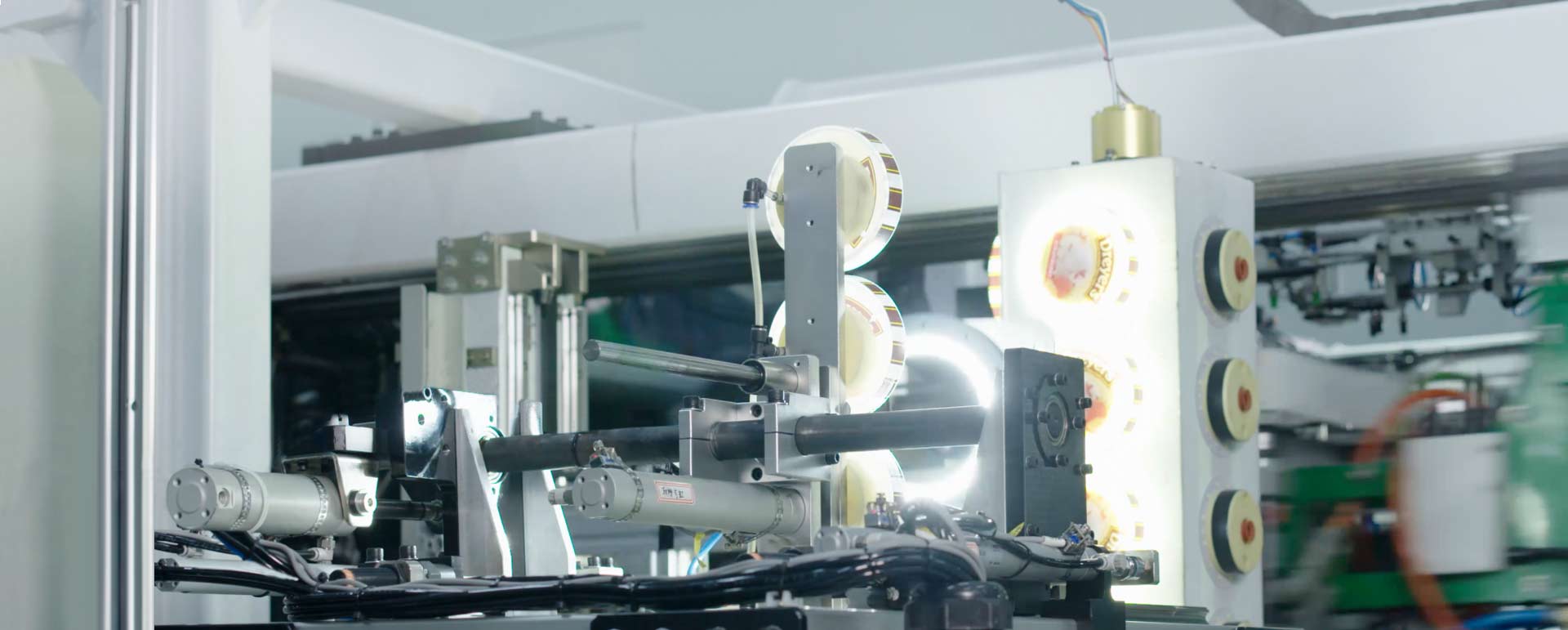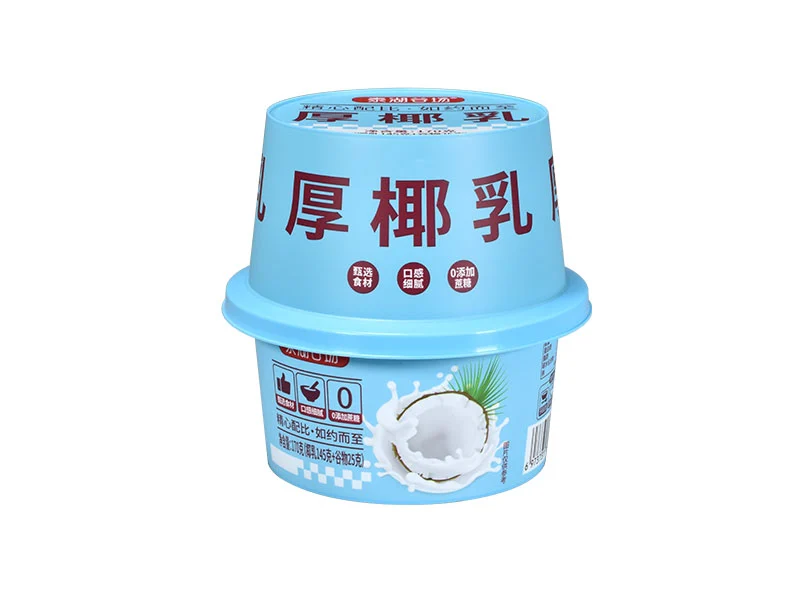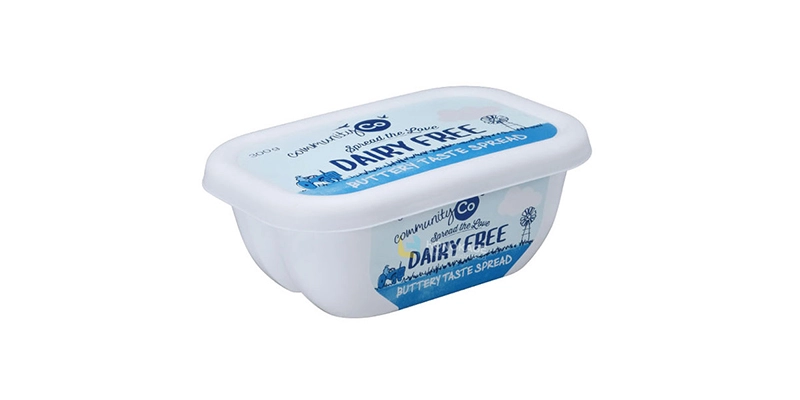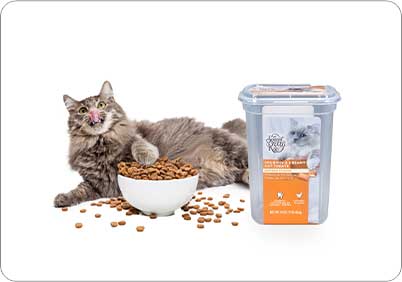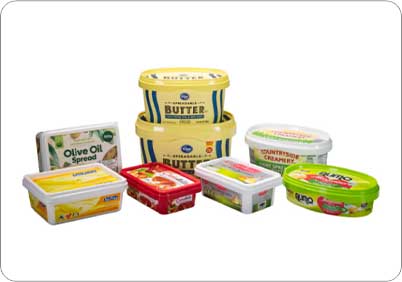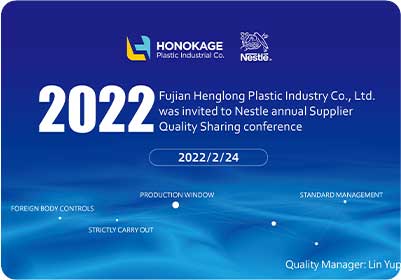In-mold labelling is abbreviated as IML.
In-mold labelling refers to the plastic container processing in the injection molding and blow molding process, in-mold label is took by robot arm and attached to the inner surface of the mold, during the blow molding or injection molding process, the label inner surface is melt with the outer wall of the container, while the outer printing surface is smooth, which can maintain a good effect of the label printing effect.
In-mold labelling has been widely used in the field of dairy, chemical and spices industry. Especially for chemical products, in-mold labelling is widely favored by daily chemical companies for its trinity of protection, functionality and decoration. For in-mold labelling, it can get a beautiful color pattern on the bottle like screen printing. However, since it is impossible to change the label after the in-mold labelling of the IML packaging container is produced, it has an impact on production flexibility, which requires manufacturers to have accurate sales forecasts for their products. However, there are not many domestic manufacturers who have reached this level, which limits the rapid development of in-mold labelling in China.
Since in-mold labelling has many incomparable advantages, it will eventually be the trend of future development. Generally speaking, the label material used for in-mold labelling is divided into 3 kinds: PP, PE and PE+PP copolymer. In-mold labelling can be divided into 3 layers. The first layer is suitable for printing layer; the second layer is the main layer; the third layer is the hot melt adhesive layer. In-mold labelling must have a good exhaust function. In the integration with the plastic product, the exhaust function of good or bad directly affects the appearance of the product. In addition, in-mold labelling must be electrostatic treatment after printing, otherwise it directly affects the defective rate of labeled products.

 English
English 日本語
日本語 한국어
한국어 français
français Deutsch
Deutsch Español
Español italiano
italiano русский
русский português
português العربية
العربية हिंदी
हिंदी
